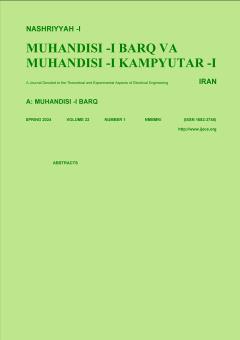Covert Communication Using Jointly Spread Spectrum and Artificial Noise
Subject Areas : electrical and computer engineering
Morteza Shafiee Neyestanak
1
,
Iman Kazemi
2
![]()
1 - Malek Ashtar University of Technology
2 - Malek Ashtar University of Technology
Keywords: Covert Communication (CC), Spread Spectrum, Direct Sequence, Artificial Noise (AN), Jamming,
Abstract :
Covert Communication technique is developed for LPD communication in military and civil applications. Artificial Noise (AN) is the method to confuse eavesdropper and assure data transmission. But, generating AN in wide range of frequencies and times is very challenging. Furthermore, it reveals the transmitter or challenges it for synchronization to confuse eavesdropper about environmental noise. This paper proposes a method based on Spread Spectrum as well as self-jamming as AN to solve the problems. By spreading the spectrum, we can generate AN in wide range of frequencies and times, at low power and cost-effective manner. Consequently, there is no need to synchronization. Simulation and numerical results indicate, partial band jammer, effectively confuse the eavesdropper by 1.8 dB margin at JSR = -5 dB. In the situations, transmitter and receiver may communicate at BER = 10^-3 for Eb/N > 8.3 dB. The paper simulates the proposed method for various types of jamming and reports the results where, multitone jamming is rejected for this application as artificial noise. Single-tone jammer also can confuse the eavesdropper by 2.6 dB margin at JSR = -5 dB and TRX communications quality equal to BER = 10-3 for Eb/N > 10.9 dB


